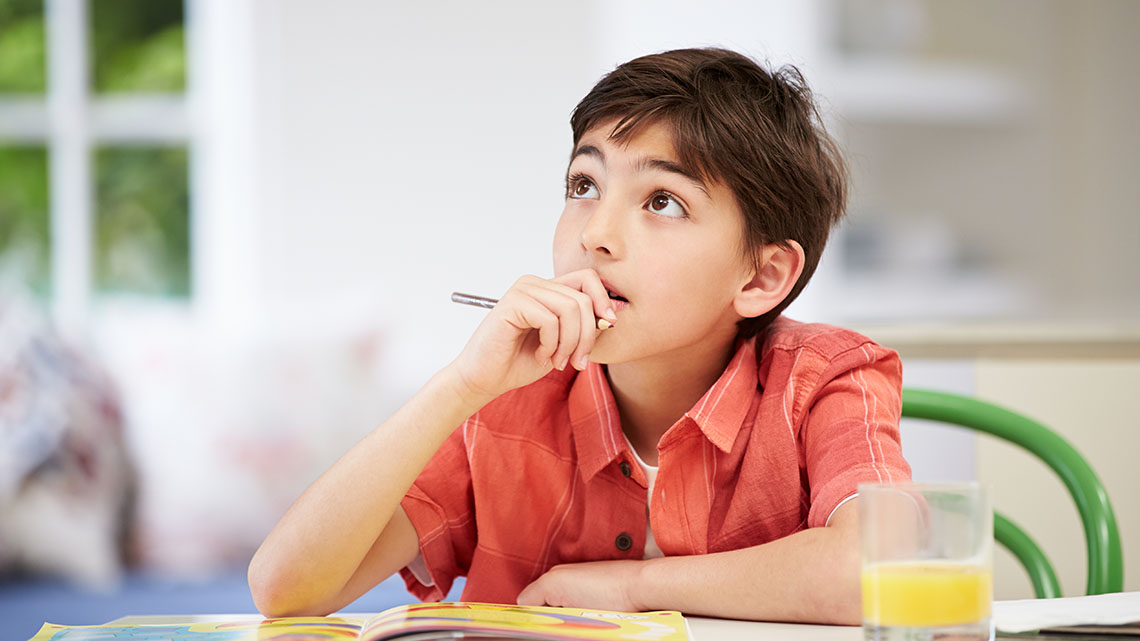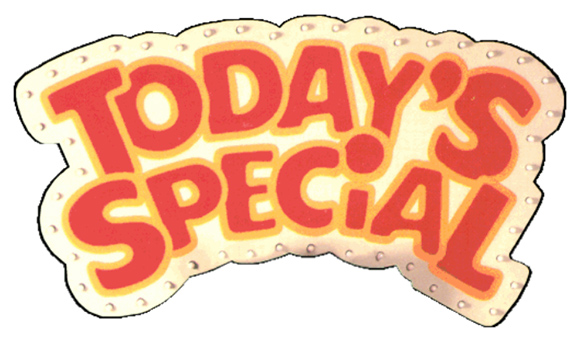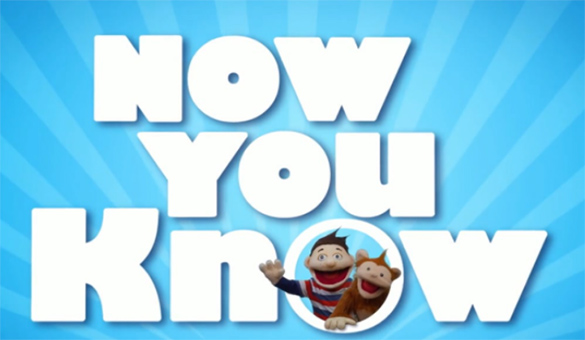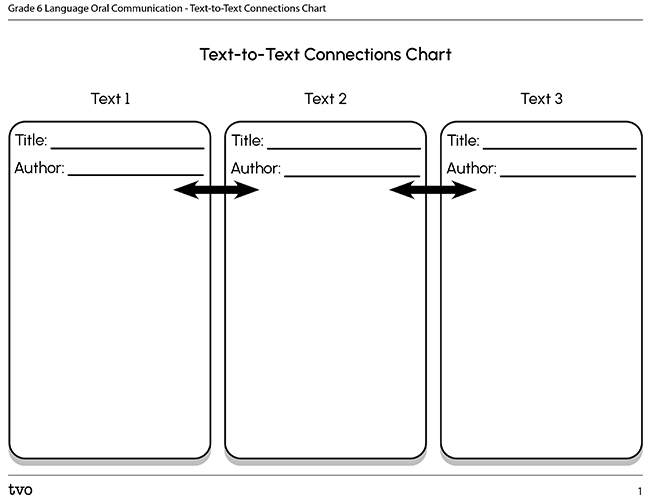Minds On
Today’s Special
Have you heard of the show Today’s Special?
Use the following questions to think about the episode.

- How is this show different from children’s programming today? What did you notice?
- Do you think children today would still enjoy this show? Why or why not?
- Does this show, or this particular episode, remind you of another oral text or children’s TV show?
- What are some questions you have about the show or this particular episode?
Record your responses using a method of your choice.
Today’s Special is a TVO program from the 1980s. Let’s travel back in time to explore part of an episode.
Action
Text-to-text connections

You just practiced making connections!
There are three ways to make connections: text-to-self, text-to-text, and text-to-world. In this activity, we will focus on text-to-text connections.
Making text connections helps us to make sense of what we read and/or listen to and engage more with the text itself.
Whenever we make text-to-text connections, we consider how the ideas in one text remind us of another text.
Building background
When we make connections, we draw on our background knowledge and experience to help us understand what we are reading and/or listening to.
Explore this clip from a TVOat50 podcast on the story behind Today’s Special to build some background knowledge on the show.
Fast forward
Let’s compare Today’s Special to a more current children’s TV show called, Now You Know.


Here’s something to keep in mind as you explore. When we make text-to-text, it’s important to consider the elements of each text.
For example, since both oral texts are TV episodes, we can explore connections between plot (beginning, middle, and end), characters, setting, genre, and the topics explored.
You’ll notice that this Now You Know episode is also about sleep. Baboo and Howie wonder, “Why do I have to go to sleep at night.” They visit Dr. Colleen at her sleep lab to learn more.
How does Now You Know compare to Today’s Special? How are the shows similar? How are they different?
Come up with at least three text-to-text connections. You can use the sentence stems below to guide you.
Record your connections using the Text-to-Text connections template below or another method of your choice.
- The message in… reminds me of…
- This character in… is similar to/different from…
- The message in this… is different from…
- This (episode/scene) reminds me of… because…
- The ideas in… are similar to the ideas in… because…
- The ideas in… are different than the ideas in because…
You can also make connections between the story elements in the two texts. For example:
- This character is similar/different to another character…
- This setting is similar/different to another setting…
- This problem is similar/different to the problem in…
- This solution is similar/different to the solution in…
Complete the Text-to-Text Connections Chart in your notebook or use the following fillable document.

Press the Activity button to access the Text-to-Text Connections Chart.
Activity (Open PDF in a new tab)Consolidation
This reminds me of… because…
Select a text that you could connect with either the Today’s Special episode or the Now You Know episode.
TIP: Be sure to include the title and author of your self-selected text.
You can refer back to the sentences stems in the Action section. Record your text-to-text connections using a method of your choice.

Bringing it together
Use the following questions to reflect on your learning. You can record your responses using a method of your choice.
- How did making text-to-text connections help you to further your understanding of the texts you explored?
- How could you apply this strategy in other subject areas?
Reflection
As you read through these descriptions, which sentence best describes how you are feeling about your understanding of this learning activity? Press the button that is beside this sentence.
I feel…
Now, record your ideas using a voice recorder, speech-to-text, or writing tool.